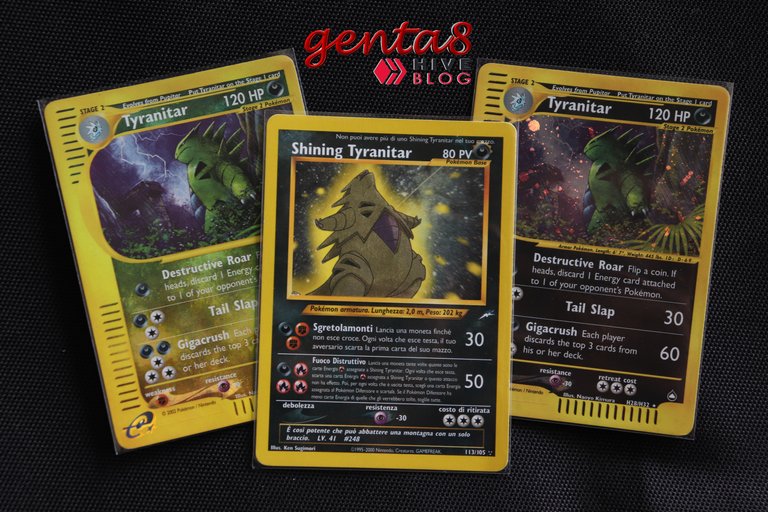
Hi all Hivers!
Today I want to start telling you about one of my greatest passions: Pokémon.
Who among you has never had to deal with these little pocket monsters at least once in his life? No one, I'm willing to bet!
It's a huge world, but we have to start somewhere and my idea is to start from the trading card world.
So why not start to understand the potential value of our treasure simply by looking at the state we have kept them in?
Below I will make a short list of technical terms that indicate the quality of the card, from the best to the worst.
All the cards you'll see in the examples are my own, so I'm going to take the opportunity to do a little show off as well 😜
MINT (M)
A mint card is in perfect condition; no excuses. This means, that the front is in perfect condition, there are no scratches on the surface, and the surface is perfectly clean. For the back it means, that the card is indistinguishable from cards of a newly openend booster. If a card has a signature or a Grand Prix stamp it can never be graded Mint, even if the card stock is otherwise in Mint condition.
NEAR MINT (M)
A Near Mint card looks like it has never been played without sleeves. Small allowances can be made, but the card generally shows no wear.
The border of NM card can have small white spots, but they must be very few and very small (usually max 2/3 little white spot). When the card is inspected under bright daylight, the surface must generally appear clean. It can have a few minor spots, but scratches can never be allowed for NM cards.
As the Mint grade is often not used for cards of newer expansions, Near Mint usually means Near Mint or better (equivalent to the American NM/M grade).
EXCELLENT (EXC)
An Excellent cards look like it was used for a few games without sleeves. For Excellent cards it is almost always clearly visible upon first inspection that the card is not in perfect condition. However, although the damage is clearly visible it is only of minor severity.
Excellent cards usually have a couple of white spots at the corners or around the border. The surface may have minor scratches, that are visible upon closer inspection. However, the card cannot be graded Excellent if the creases are so deep that they are visible upon first sight.
GOOD (GD)
A Good card looks like it might have been used for a long tournament without sleeves.
Cards in Good condition usually show strong wear all around the card. The edges and corners have many white spots, the surface usually has scratches and the card usually has accumulated some dirt on its surface. However, the card still only has damage that stems from regular play. The card has no water damage or bends whatsoever.
The American equivalent to this is usually 'Moderately Played' or 'Very Good'. Note that 'Good' is a bit of a misnomer. A Good card doesn't really look good. In fact it looks pretty beat up, making the American Very Good even more of a misnomer.
LIGHT PLAYED (LP)
A Light Played card looks as if it has been used without sleeves for an extended period of time.
A Light Played card is clearly legal for play in a sleeved deck. It has also not been tampered with (inked border, random scribblings on the card etc.). If both of these criteria apply the card may look very bad, but it can be graded Light Played.
The American equivalent usually is 'Played' or 'Good'.
PLAYED (PL)
A Played card looks as bad as you can get a card through regular use without sleeves.
A Played card looks extremely bad, and it is doubtful if the card is tournament legal even in a sleeved deck. However, the card has not been tampered with otherwise (inked border, random scribblings on the card etc.).
The American equivalent usually is Heavily Played or Good.
POOR
A Poor card has damage that cannot normally have stemmed from regular use of the card.
A card in Poor condition is literally destroyed. It is either obviously illegal for tournament play or has been tampered with in ways that destroy its worth almost completely (inked border, random scribblings on the card etc.).
Conclusion
And you?
Do you collect Pokémon cards?
Did you know how to distinguish the quality of cards according to their state of conservation?
In the next posts I might show you some of my favourite cards.
If you liked the content, feel free to like and follow my page to see the next posts!


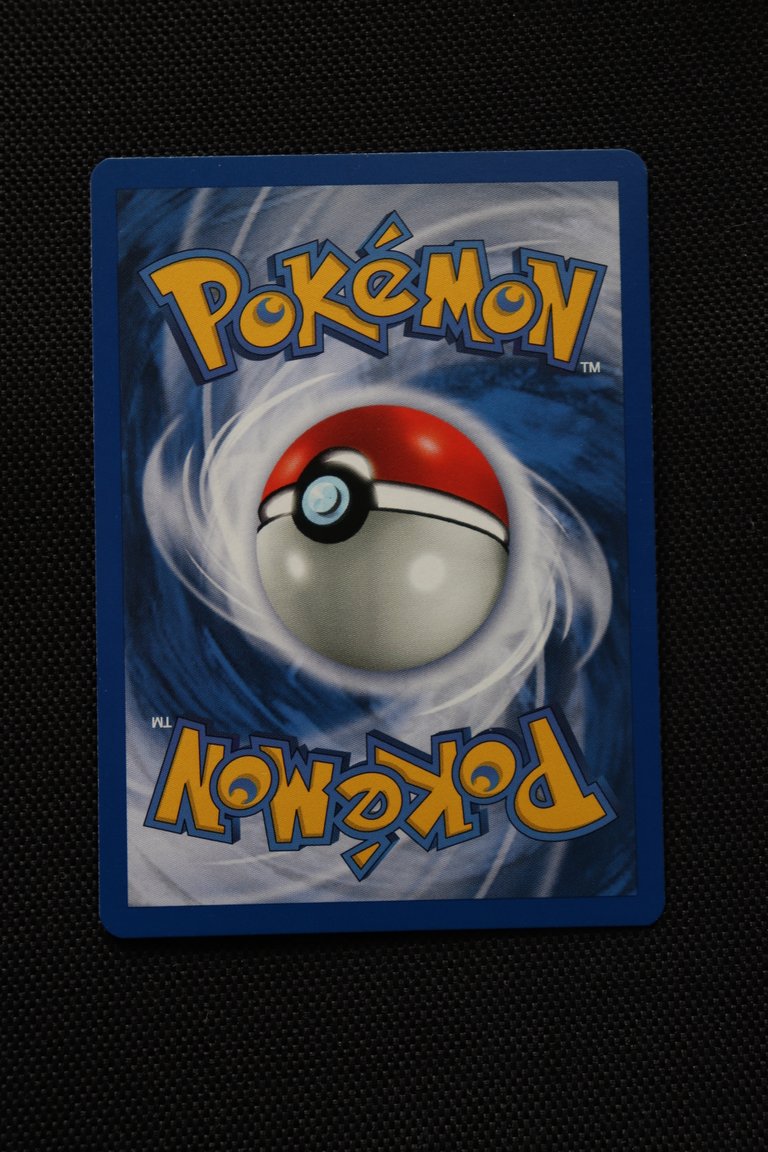
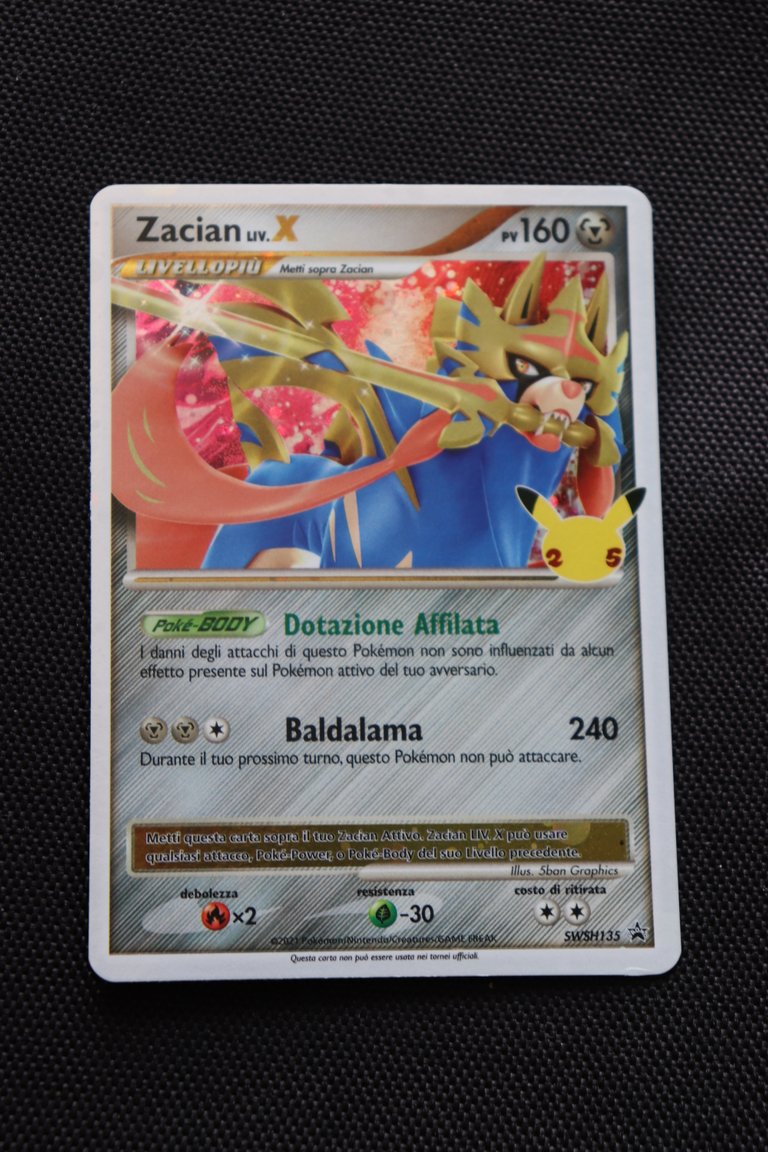
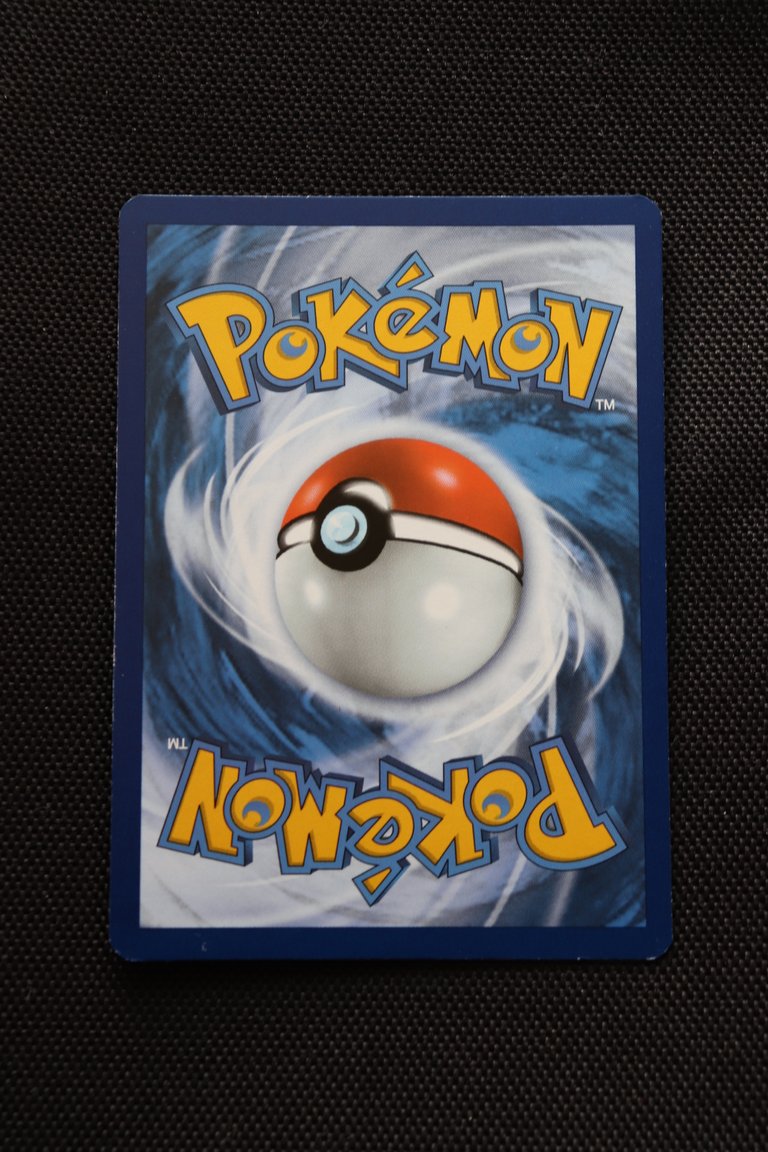

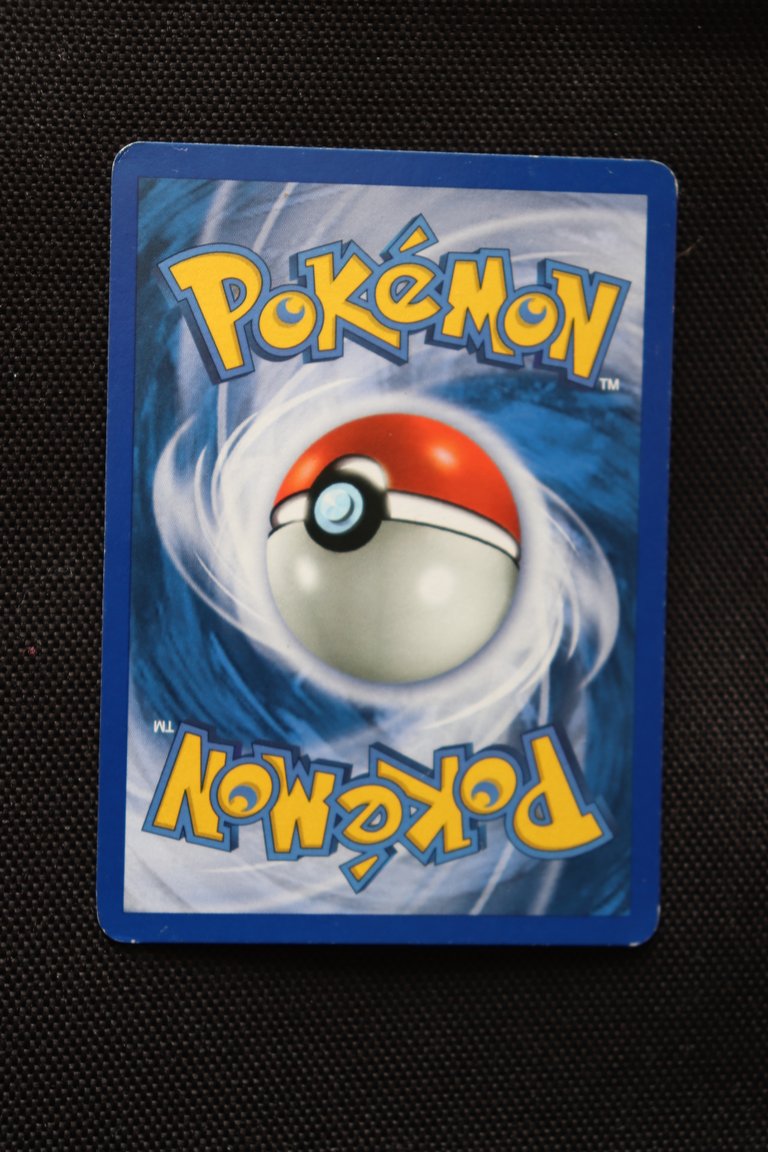
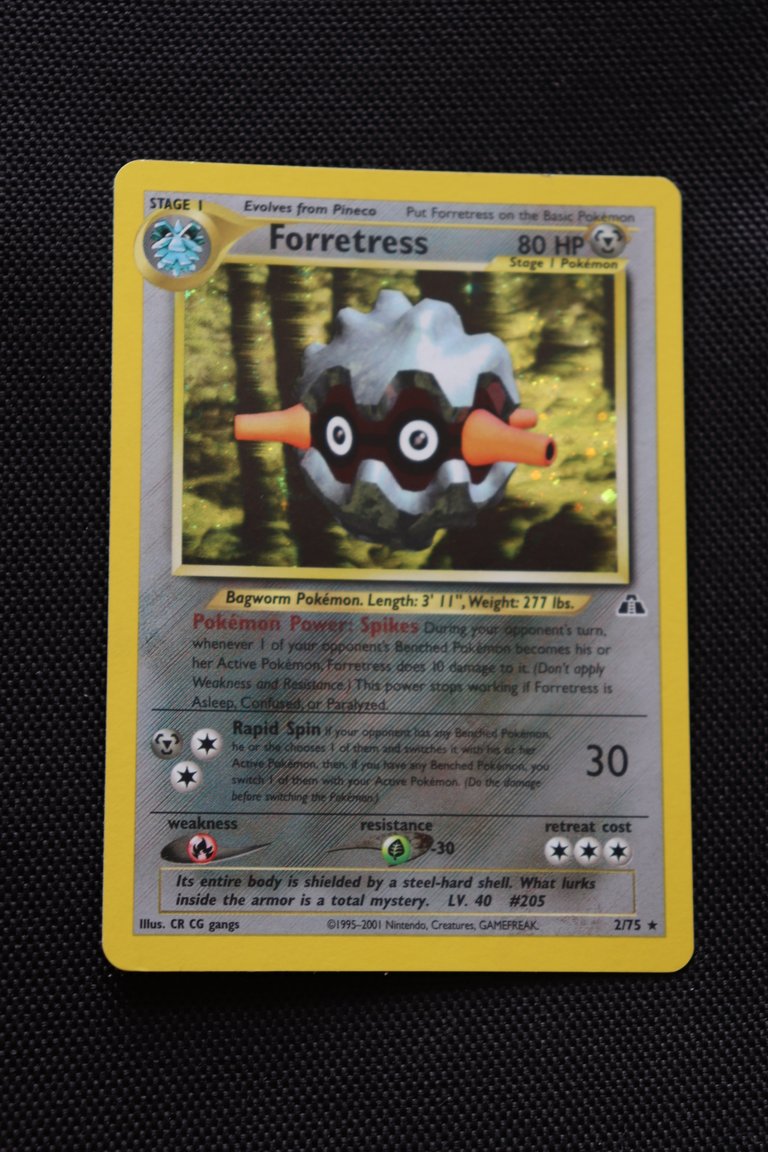
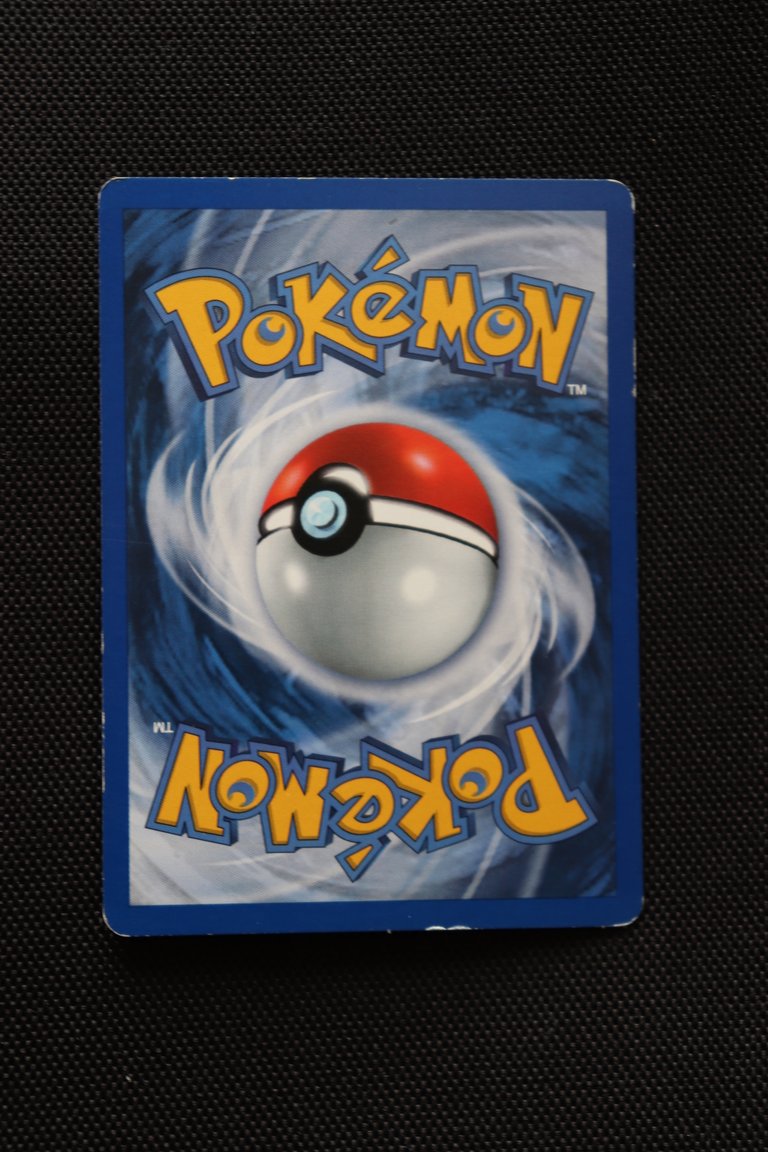
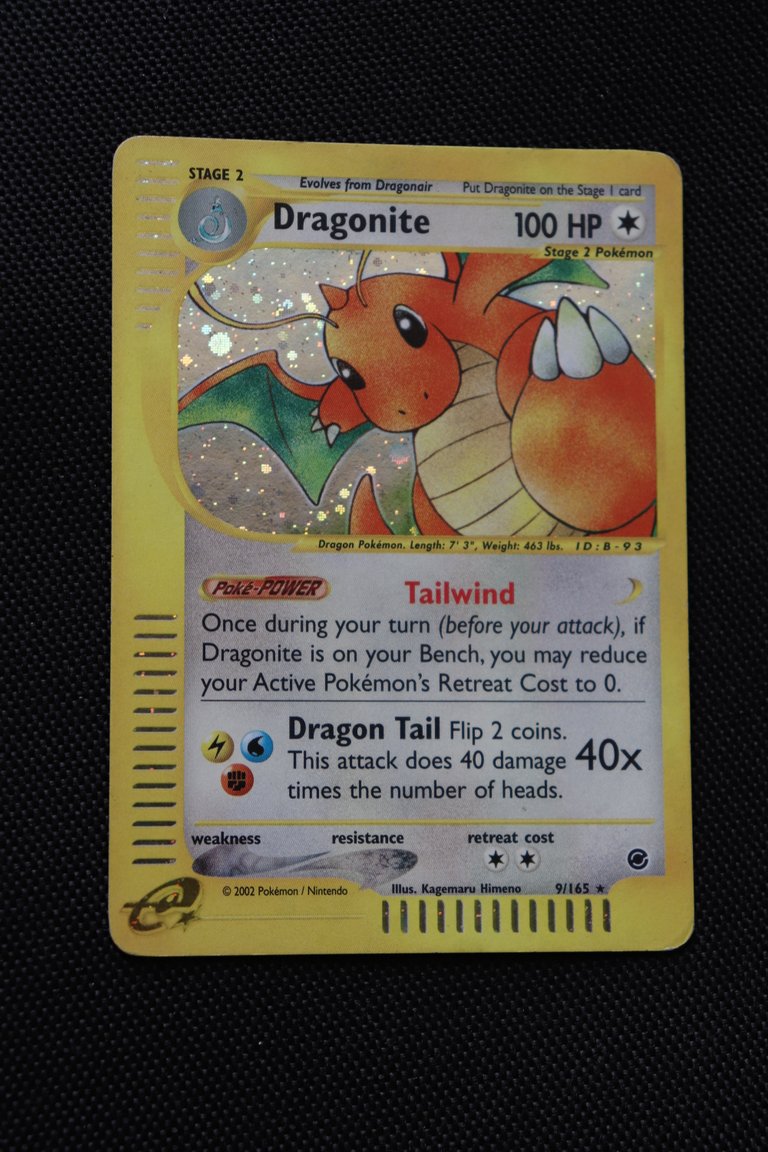

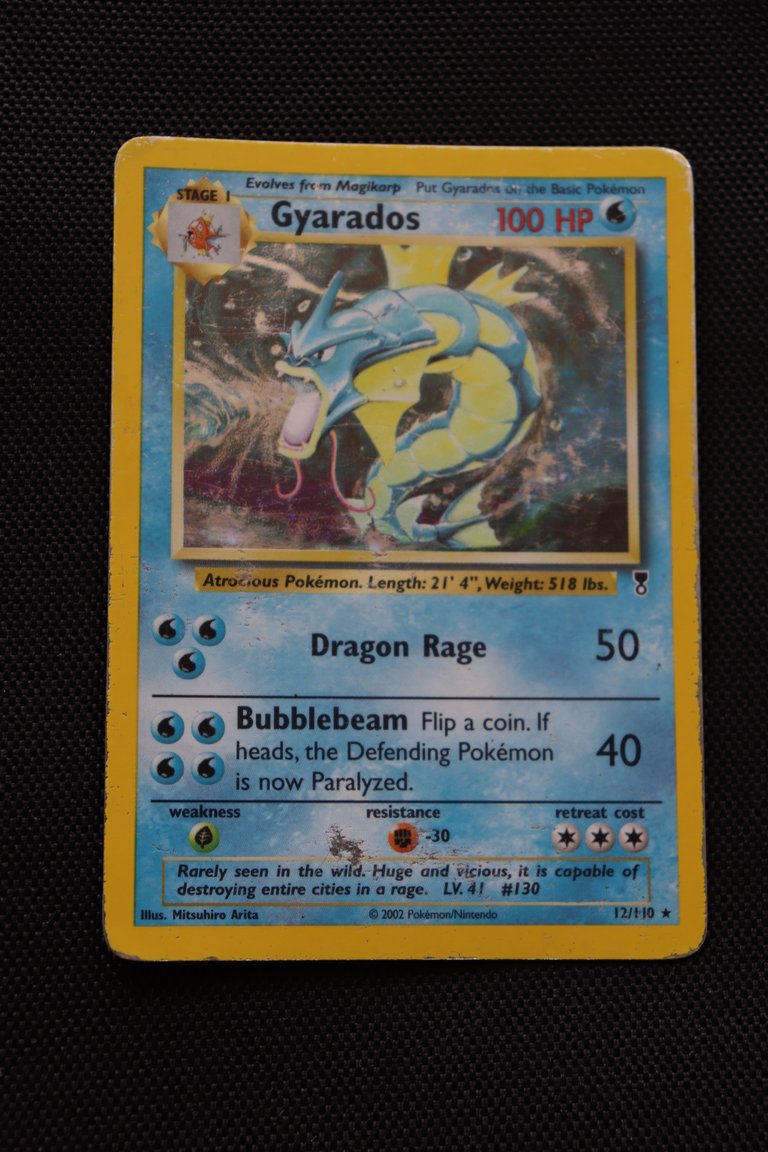
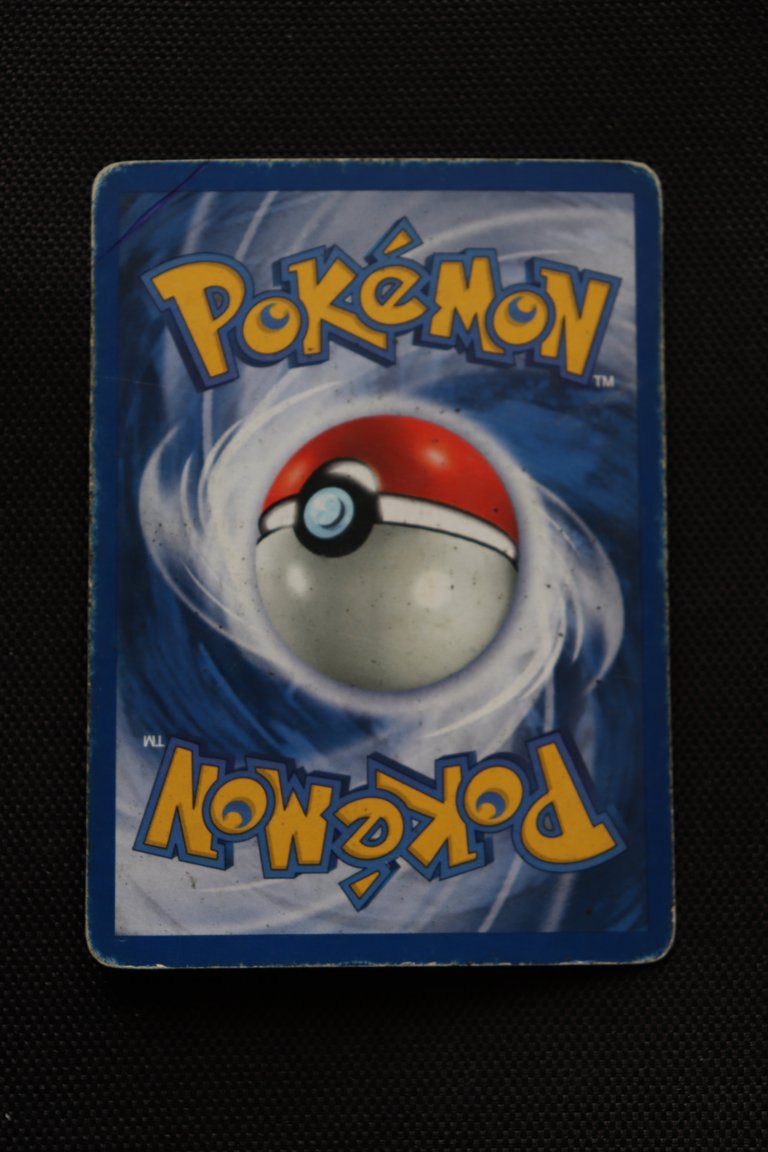
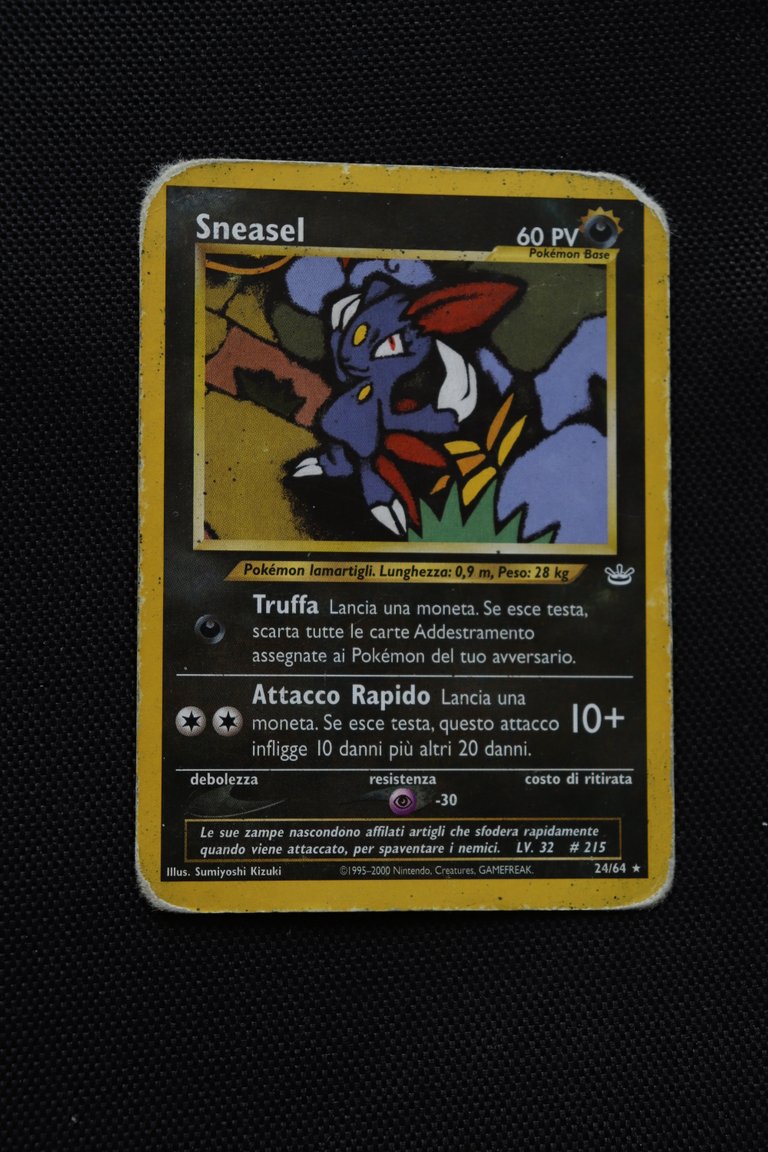

Wow, beautiful post! I had Pokémon cards when I was child, now i still have some cards but I don't know if they are rare or not.
Thanks for sharing this helpful information.
I can help you to understand their value @will91 😁
If you want to know my Pokémon story story read my first post of hive :)
I gave them all away :)